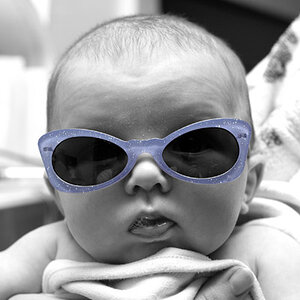edgar
TPF Noob!
- Joined
- Nov 12, 2009
- Messages
- 1
- Reaction score
- 0
- Location
- Grenoble, France
- Can others edit my Photos
- Photos OK to edit
The easiest way to achieve a more shallow depth of field is to increase the size of the capture area. In other words, to step up to a full-frame sensor, which will allow you to use telephoto lenses with low f/numbers (like an 85mm f/1.2 or 85mm f/1.4 lens) from a distance of 20 feet, in order to frame a 6-foot tall man. Using an APS-C Canon, with a 1.6x FOV crop, to get the SAME field of view height, the camera must be 34 feet distant from the man. The depth of field differences are HUGE in this instance ,between the FF and the APS-C camera, using the same lens, but at widely different focus distances.
You are right concerning depth of field: the DoF depends both on the f-number and sensor size, and larger sensors give you shallower depths of field. However, background blur, as pointed out by Stosh, is a different issue. It turns out that background blur depends solely on the lens' real aperture, irrespective of both focal length and sensor size.
The only problem with APS-C sensors is that you have to step further from your subject, making long lenses a little bit inconvenient. Eventually, if you get too far, the background may not be the background (in Stosh's sense) anymore.
Consider as an example a 85/1.4 on both full-frame and APS-C. On FF it's a short tele lens with basically zero depth of field and huge background blur. On APS-C it's a medium tele with very narrow DoF (more than on FF, which is often a good thing) and huge background blur (same as on FF!). Still fantastic for Bokeh lovers, except you need more distance.
Edgar (new to this forum).


![[No title]](/data/xfmg/thumbnail/32/32929-22e23acc63d6ecb25e5ee941be87121f.jpg?1619735758)
![[No title]](/data/xfmg/thumbnail/30/30879-16ad830465e571dee0a784c7fa122909.jpg?1619734493)
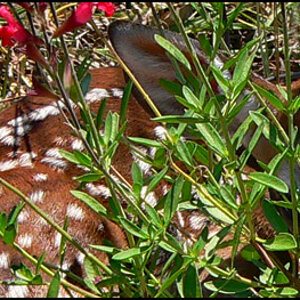
![[No title]](/data/xfmg/thumbnail/32/32926-ec27ecead8c80d803404500d8f888dbf.jpg?1619735754)
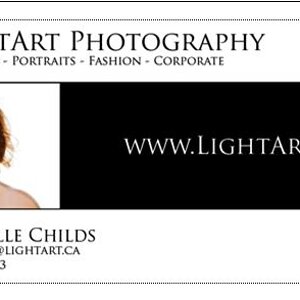
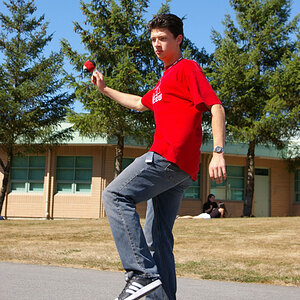

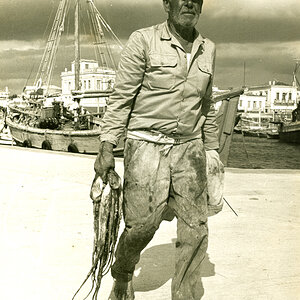
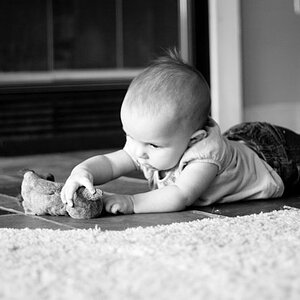

![[No title]](/data/xfmg/thumbnail/30/30877-ef8d8a8cf110d5566382bb4e8a76fd3f.jpg?1619734492)
